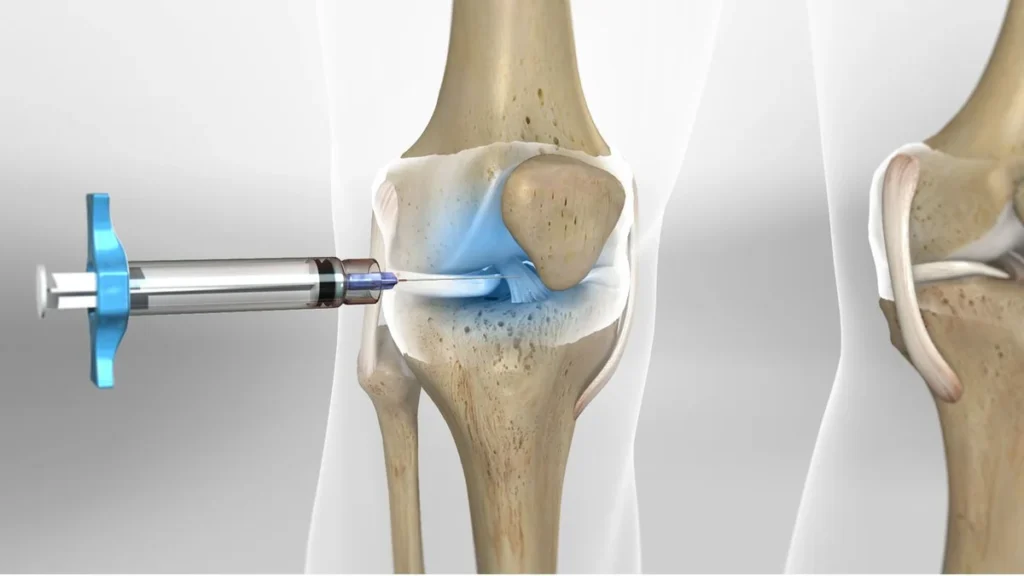Carpal Tunnel Syndrome is a common condition that affects the hand. Individuals with this condition may experience pain, numbness, or weakness in their hands and wrists. Sometimes, the severity of the symptoms can be so intense that it wakes the person up at night. While making small lifestyle changes can help alleviate symptoms, sometimes treatments such as surgery are necessary.

- What is Carpal Tunnel Syndrome?
- What is the Carpal Tunnel?
- Causes of Carpal Tunnel Syndrome
- Factors that Can Induce Symptoms of Carpal Tunnel Syndrome
- Symptoms of Carpal Tunnel Syndrome
- Is This Condition Dangerous?
- Diagnosis of Carpal Tunnel Syndrome
- Preventing Carpal Tunnel Syndrome
- Treatment of Carpal Tunnel Syndrome
- Using Wristbands and Surgery in Treating Carpal Tunnel Syndrome
- Summary
What is Carpal Tunnel Syndrome?
What exactly is Carpal Tunnel Syndrome? This condition occurs when excessive pressure is applied to the median nerve in the hand. This nerve passes through the wrist and provides sensation to the thumb, index, middle, and half of the ring finger. Carpal Tunnel Syndrome does not affect the little finger. In this article, we will explore the symptoms, causes, and treatment methods for this condition.
What is the Carpal Tunnel?
The carpal tunnel is a confined space in the wrist formed by bones and a thick ligament called the transverse carpal ligament. This space, which does not change in size, contains nine flexor tendons and one nerve, the median nerve. Sometimes, additional pressure on this nerve can lead to Carpal Tunnel Syndrome.
This condition was first examined in the 19th century, and the first surgery to release the median nerve was performed in the 1930s. It is one of the common reasons for consulting orthopedic doctors.
Causes of Carpal Tunnel Syndrome
Carpal Tunnel Syndrome often results from inflammation in the components within the carpal tunnel, exerting excessive pressure on the median nerve. The exact cause of this condition is unknown, but certain anatomical configurations, diseases, and specific conditions can contribute to this added pressure.
Some factors that can contribute to pressure in the carpal tunnel include:
- Rheumatoid arthritis
- Gout
- Amyloidosis
- Infections
- Psoriatic arthritis
- Spur formation due to osteoarthritis in the wrist bones
- Tumors
- Ganglion cysts
- Wrist fractures or dislocations
- Repetitive hand and wrist motions
Factors that Can Induce Symptoms of Carpal Tunnel Syndrome
These factors can increase pressure on the median nerve, inducing symptoms of Carpal Tunnel Syndrome.
Certain factors can elevate the risk of developing Carpal Tunnel Syndrome, such as:
- Gender: Women are more prone to this condition than men.
- Age: People over 40 are more at risk, and the condition is less common in children and teenagers.
- Pregnancy: Hormonal changes and increased body fluids during pregnancy can increase pressure on the median nerve.
- Chronic diseases: People with diabetes, hypothyroidism, and fibromyalgia are more susceptible.
- Obesity: Obese individuals are also more prone to this condition.
- Alcohol consumption: Alcohol use can also increase the likelihood of developing it.
- Genetics: If family members have had this condition, your chances are higher.
Being aware of these risk factors can help you better prepare for the prevention and management of the condition.
Symptoms of Carpal Tunnel Syndrome
Symptoms of this condition appear when pressure on the median nerve increases. Typically, these symptoms are felt at night or upon waking up in the morning. Some patients may feel the need to shake their hands, which can wake them from sleep.
Common Symptoms
- Numbness and tingling in the hands and wrists, usually intensifying at night
- Swelling and enlargement of the fingers
- The sensation of weakness and dropping objects from the hand
- Difficulty in performing precise tasks such as holding a book, writing, and using a computer
- Reduced sensation in the fingertips
- Symptoms usually develop gradually and can occur at any time but are more commonly seen at night.

To make an appointment or get an online consultation with Dr. Nader Motallebi Zadeh, Limb lengthening surgeon, proceed here.
Is This Condition Dangerous?
In many cases, with small lifestyle changes and non-surgical treatments, the symptoms can be controlled and long-term damage to the body prevented. However, if ignored, it can cause permanent damage to the median nerve, altering the sensation and function of the hands. Timely treatment is important to avoid missing the opportunity for non-surgical interventions.
Diagnosis of Carpal Tunnel Syndrome
The diagnosis of Carpal Tunnel Syndrome is made by a specialist doctor through a detailed examination of symptoms and medical history. After the initial examination, specific tests and imaging techniques help confirm or rule out this condition:
- Tinel’s Test: The doctor taps gently on the median nerve in the middle of the wrist to check for pain or numbness.
- Phalen’s Test: The patient places their elbows on a surface and lets their wrist hang freely. If numbness or tingling occurs within the first 60 seconds, they might have this condition.
- Imaging: If signs of arthritis or injury are present, imaging can be very helpful in identifying other possible causes that may produce similar symptoms.
- Nerve Conduction Study: This test examines the functioning of the median nerve and can determine the nerve’s health status.
Preventing Carpal Tunnel Syndrome
To prevent Carpal Tunnel Syndrome, consider the following important tips:
- Weight reduction: If overweight, strive to reduce weight.
- Control of diseases: Diseases increasing the risk of this syndrome should be managed.
- Care for elbows and wrists: Keep elbows and wrists in a proper position while working.
- Use appropriate tools: Ensure that the tools you use are suitable for the size of your hands.
- Adjust seat height: When working on a computer, adjust your chair so that your wrists do not bend.
Treatment of Carpal Tunnel Syndrome
Treatment may involve non-surgical methods or, in some cases, surgery. The goal is to reduce pressure on the median nerve. Non-surgical methods include:
- Anti-inflammatory medications: Taking anti-inflammatory drugs to reduce inflammation and pain.
- Steroid injections: Used in cases with mild and temporary symptoms.
- Medical wristbands: Using wristbands to support the wrist and reduce pressure on the median nerve.
- These methods are especially effective in cases where symptoms have just started or are mild.
Using Wristbands and Surgery in Treating Carpal Tunnel Syndrome
Medical wristbands can help reduce the symptoms of Carpal Tunnel Syndrome. They prevent the wrists from positions that can exacerbate symptoms, especially during the night. However, it should be noted that wristbands only reduce symptoms and are not a permanent cure.
Sometimes, surgery may be necessary to reduce pressure on the median nerve. The surgery involves cutting the transverse carpal ligament to provide more space for the median nerve.

To make an appointment or get an online consultation with Dr. Nader Motallebi Zadeh, Limb lengthening surgeon, proceed here.
Summary
In this article, we have comprehensively reviewed Carpal Tunnel Syndrome, introduced diagnostic and treatment methods, and provided prevention tips. If you have any questions or need more information, please share your comments with us. We are ready to answer your queries.



